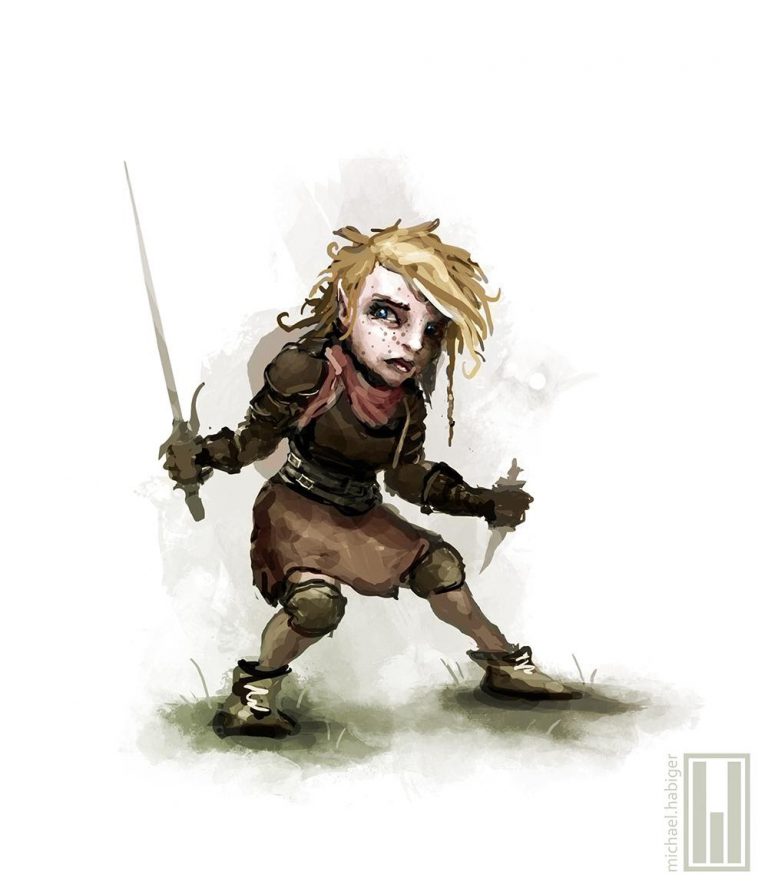D&D 5e: Human Bard Guide

D&D 5e: Human Bard Guide
Bards have somewhat of an interesting reputation in D&D as both the face of the party and also as the mischievous seducer/seductress. Part of this is due to their naturally high charisma scores, but this is something they share with paladins, sorcerers, warlocks, and even rogues to some extent, so what makes them different?
We may imagine a bard from any culture in some way or another, but a human bard is something especially fun to play simply because we, as humans, tend to understand human culture rather well.
Bards are skilled in many areas, and while they’re not the kings or queens of damage in D&D, their nature as jacks-of-all-trades makes them a good player choice.
The Human race AND the Bard class can be found in the Player’s Handbook. Click here to pick up your own copy of The Player’s Handbook!
How to Make a Human Bard
In most cases when choosing a human, you’ll likely want to pick the variant human option, trading some of your stat bonuses for a free feat, and I’d advocate doing the same thing here.
The feat you choose will shape how you play your character, and as a bard, there are many fitting choices. Consider choosing the actor feat if you want to be eccentric, or if you wish to be the face of the party. Inspiring leader is another very fitting feat, allowing you to give temporary hp to the party every short rest.
If you wish to participate more in damage dealing, take the magic initiate feat for either sorcerer or warlock, grabbing firebolt or eldritch blast, but be prepared to spice up your backstory in the latter case.
Charisma should be your primary stat as a bard, as it powers your spells and class features. Next should be dexterity for your armor class, initiative, and your finesse weapons. Both the College of Valor and the College of Swords will grant you access to medium armor and better weapons should you wish to use them, so dexterity boosts those too.
The rest of the stats are up to you after this, but I’d recommend prioritizing constitution 3rd for increased health and wisdom 4th as it’s one of the most common saving throws. After those you can choose strength and intelligence in any order you see fit.
How to Play a Human Bard
Bards aren’t known for having lots of health, but the 1d8 hit die is not bad, so you don’t have to be afraid of taking hits as a wizard or sorcerer would be. What bards do best is screwing with the enemy while aiding their allies by doling out healing, boosts to rolls, and other helpful buffs. Remember to position yourself in the best spot on the battlefield to reach your allies even if it puts you in a bit of danger. Your medium armor and high dex will help keep you safe in the front lines.
Don’t be afraid to ask your DM about the details of your surrounding environment, maybe there’s something there you can make use of in a creative way. If not, you have a selection of useful spells and some fantastic class features. Be sure to use your bardic inspiration thoughtfully, as it only comes back on long rest and it can change the tide of a bad situation.
How to Roleplay as a Human Bard
Humans know how to have fun, but we also know what it means to deliver a good performance. Most bards do what they do through some form of expressive art. Whether that means playing an instrument or through something like painting or calligraphy, they tend to be in their element while doing this. It may be the means through which you cast your spells, but it needn’t be the only time you use it.
Was your character always this skilled, or did their training lead them on this adventurous path? Do they play in their free time? Do they have dreams of hitting it big in their art? Mayhaps they’re a member of a faction, as indeed some bards are designed to be, and they devote their art to that purpose. There’s a lot you can do with a bard if you think of them as a minstrel in the strange world of fantasy, so don’t hold back!









